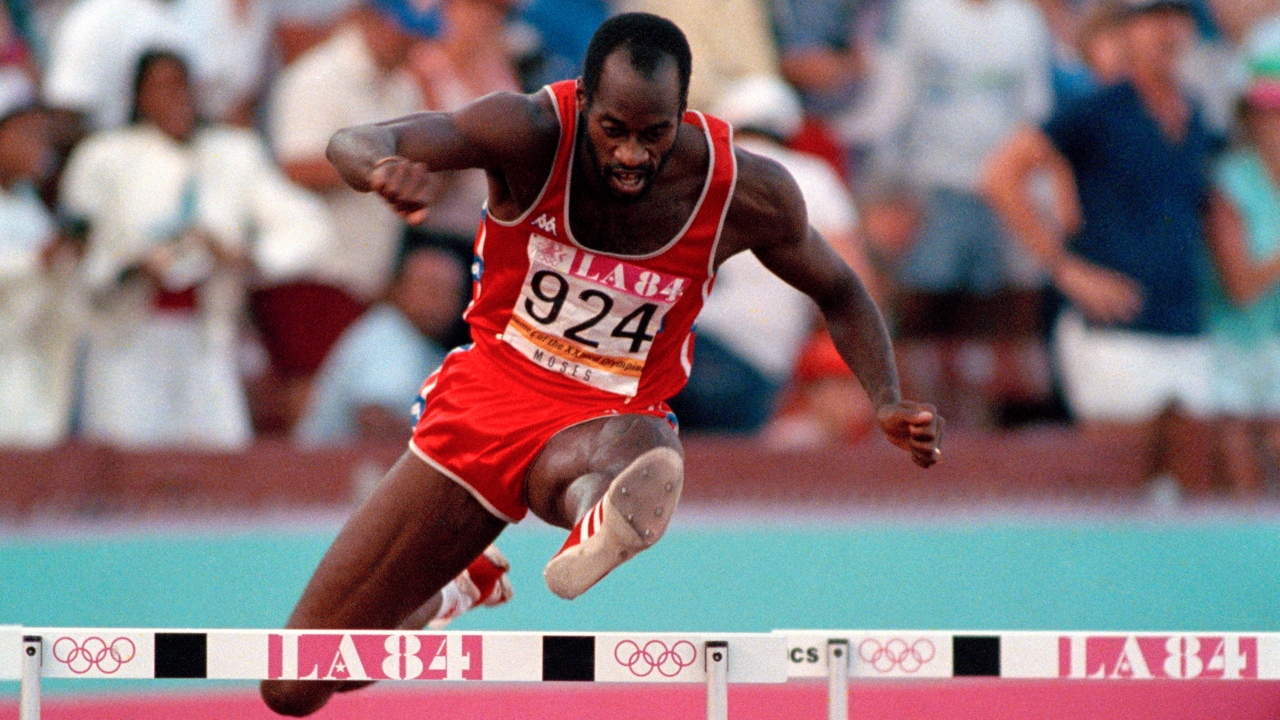The movie’s title “MOSES-13 Steps” is a reference to the number of steps he took between hurdles. At the time, most hurdlers took 14 steps.
A documentary exploring how Edwin Moses blended science with athleticism to become the world’s greatest hurdler in the 1980s, then parlayed his fame into a mission to fight for better pay and fair sports, will debut Sept. 21 at his alma mater at the Morehouse College Human Rights Film Festival.
The movie’s title “MOSES-13 Steps” is a reference to the number of steps he took between hurdles. At the time, most hurdlers took 14 steps. Moses, who got a Master’s degree in physics, used science to determine how he could shave fractions of seconds off his 400-meter hurdles by lengthening his stride and saving one step. That also involved learning to jump off a different foot — no small feat in the most technical sport on the track.
Kay Wicker
Donna Brazile
Gerren Keith Gaynor
Mariel Turner
Haniyah Philogene
Kay Wicker
Mariel Turner
Associated Press
The movie uses archival footage and interviews to follow Moses’ journey from childhood through a career that included an unmatched 122-race winning streak. He used his name recognition to demand higher appearance fees for both himself and fellow track stars. Moses later became an outspoken critic of the Olympic movement’s drug-fighting policies, and eventually became chair of the U.S. Anti-Doping Agency.
“This film delves into the life of the Olympic 400-meter hurdles champion Edwin Moses. On the track, no one could match him for a decade. Off the track, he left an even greater legacy,” said one of the film’s producers, actor Morgan Freeman.
On the night of the premiere, Moses will receive a pair of awards: the film festival’s Enlightened Lens Documentary Feature Award, and the first humanitarian award named after Moses himself, which recognizes his contributions on and off the track.
More About:Education
By TheGrio
By MovieMaker Magazine
By TheGrio
By TheGrio
By MovieMaker Magazine
By TheGrio
Weekly New Episodes
Stream Now

